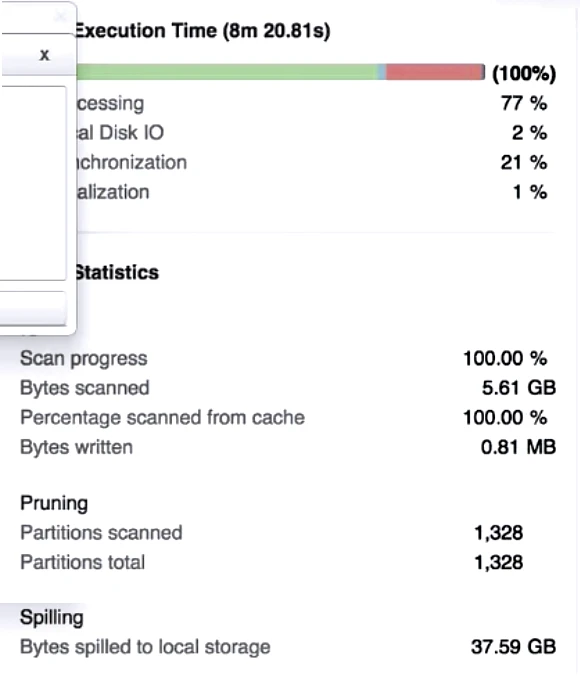SnowPro Advanced Data Engineer
Here you have the best Snowflake SnowPro Advanced Data Engineer practice exam questions
- You have 143 total questions to study from
- Each page has 5 questions, making a total of 29 pages
- You can navigate through the pages using the buttons at the bottom
- This questions were last updated on December 18, 2025
- This site is not affiliated with or endorsed by Snowflake.

